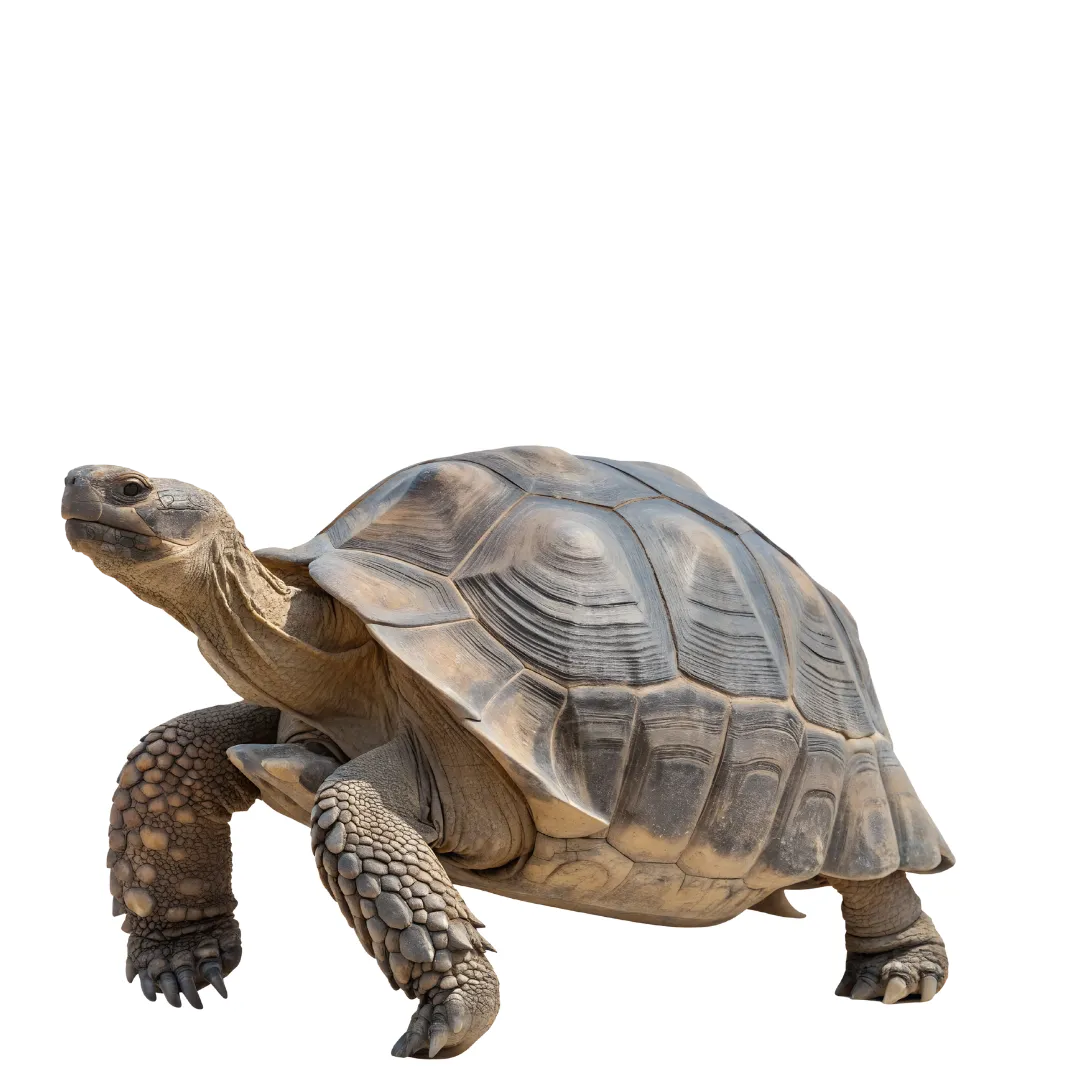

No. Tortoise bladder stones are too hard and large to be dissolved by current medications. Surgical removal is the only viable, life-saving option.
In the hands of a reptile specialist, yes. The shell window is cut, the stone is removed and the shell is sealed with epoxy. This specialized surgery is the only cure.
Hydration. Providing daily access to warm, clean drinking and soaking water is essential for keeping the urine dilute and preventing mineral precipitation.
They can live for years with a stone, but the health damage is chronic. An acute blockage is fatal within days without intervention.
It forces the kidneys to process excessive uric acid, which is the substance that crystallizes and forms these dangerous stones in the bladder.
Your pet deserves expert care – Subscribe now for trusted tips and updates from our pet experts.
